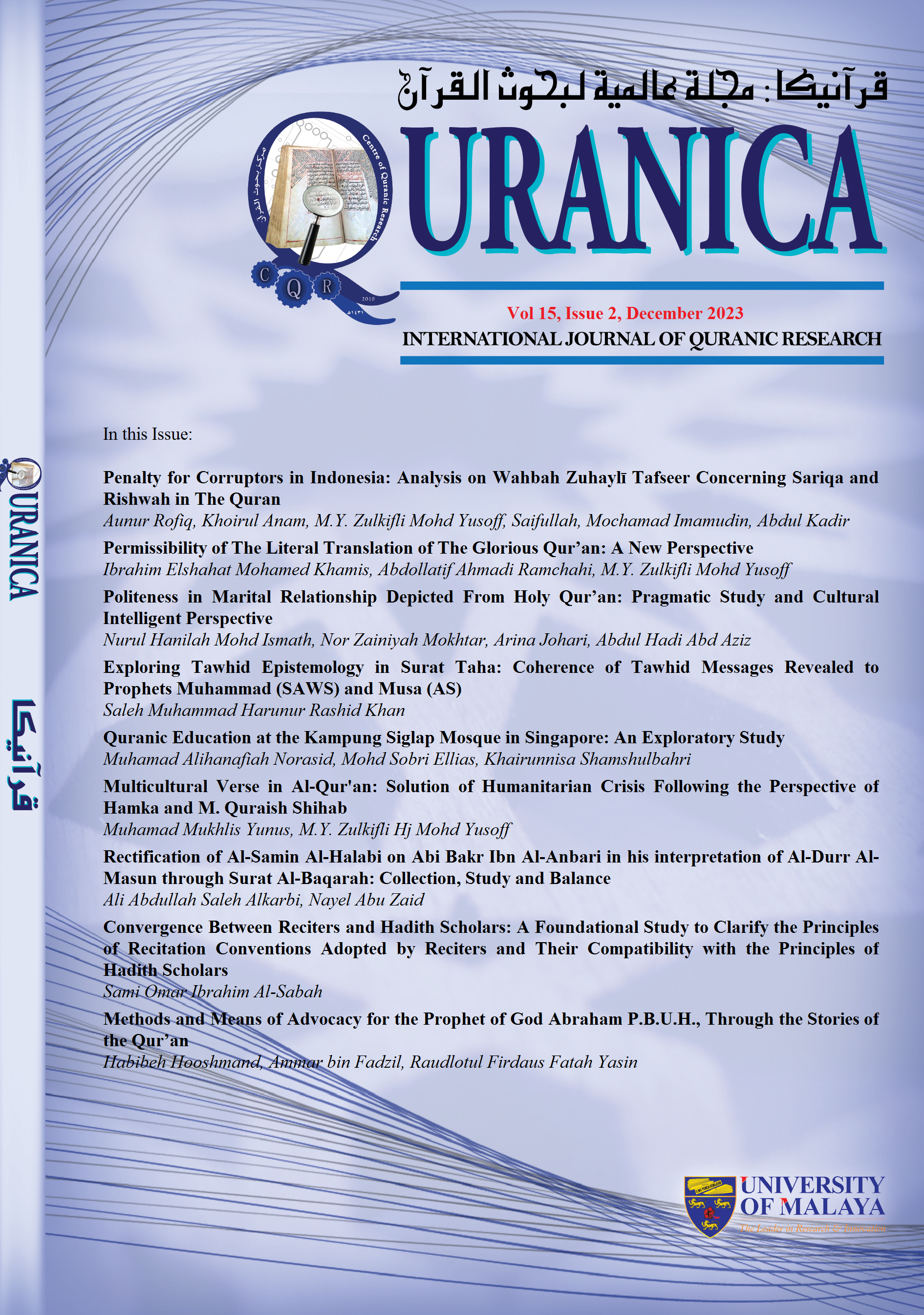Analysis of Shifts in Gender and Number of Pronominal Suffixes Appended to Demonstrative Pronouns in Arabic-Amharic Translation of the Holy Qur’an
Main Article Content
Abstract
The main objective of this study is to analyze shifts in gender and number of pronominal suffixes appended to demonstrative pronouns in Arabic-Amharic translation of the Holy Qur’an. The study is a qualitative study with a descriptive and content analysis design. It relies on primary linguistic data. The data are obtained from the Holy Qur’an and its Amharic translation by co-translators Shaikh Sayyid Muhammad Sadiq and Haji Muhammad Thani Habib (1969). The data are extracted using purposive sampling technique. The findings of the study reveal that translating Arabic demonstrative pronouns to which pronominal suffixes are appended are of grammatically complex points to be translated into Amharic. The translators-in some instances of the Holy Qur’an- adhered to the source text to translate these demonstrative pronouns to which pronominal suffixes are appended and as a result produced unknown structures in the target text structure.
Downloads
Article Details
Disclaimer
QURANICA makes every effort to ensure the accuracy of all its contents. However, opinions, discussions, views and recommendations are expressed in this journal do not necessarily reflect the official policy of QURANICA or views of its editors or publishers. Therefore, QURANICA and its publishers will not be liable for any controversy may be arisen. The journal reserves the right, at its sole discretion, to change its terms and conditions of publications.
Copyright
It is a condition of publication that manuscript submitted to the journal have not been published, accepted for publication, nor simultaneously submitted for publication elsewhere. By submitting a manuscript, the author(s) agrees that copyright for the article is transferred to the publisher, if and when the manuscript is accepted for publication.
